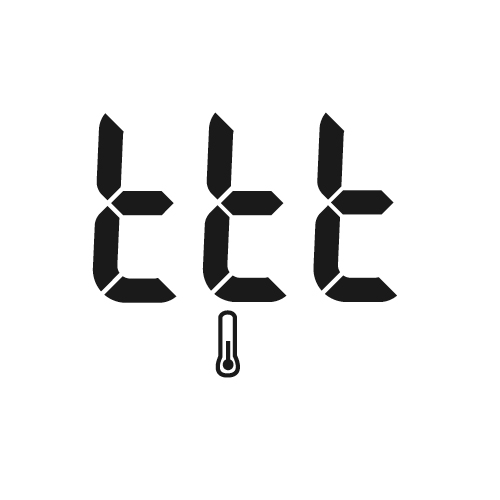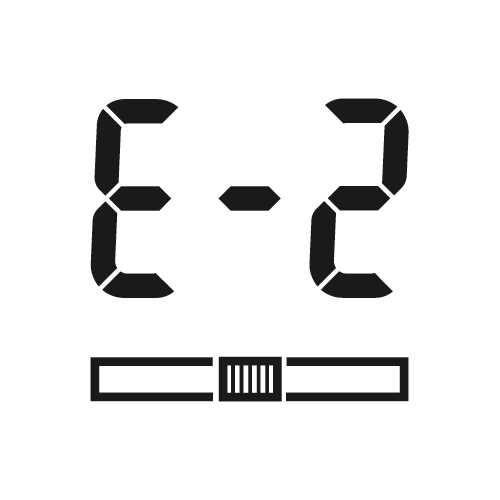
Accu-Chek Active
Error codes E-1
You did not insert the test strip into the meter correctly or completely.
Hold the test strip so that the arrows printed on it and the test area face upwards. Without bending it, insert the test strip into the test strip guide in the direction of the arrows. You must feel the test strip lock into place.
You inserted a used test strip into the meter.
You applied blood or control solution to the test strip too soon, i.e. before the drop symbol flashed on the display.
Repeat the blood glucose test or control test with a new test strip.
The measurement window is dirty.
Clean the measurement window.














